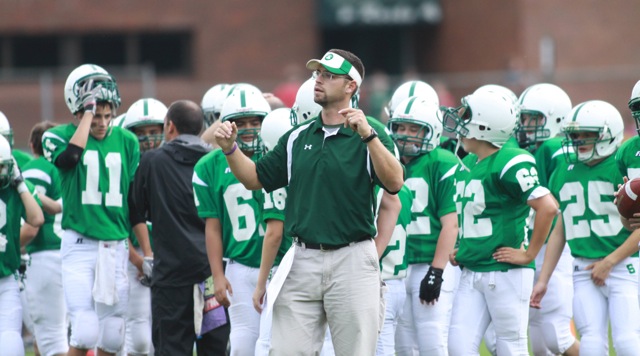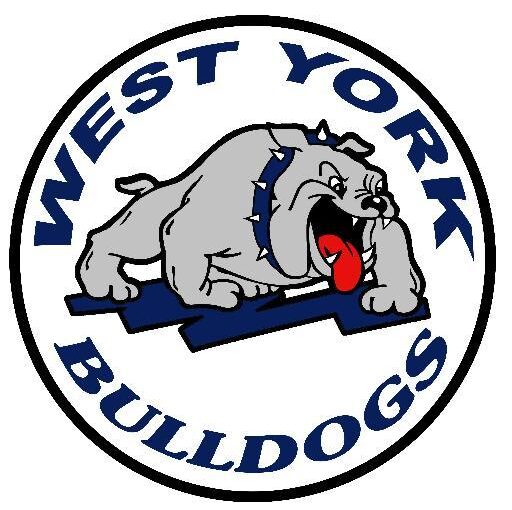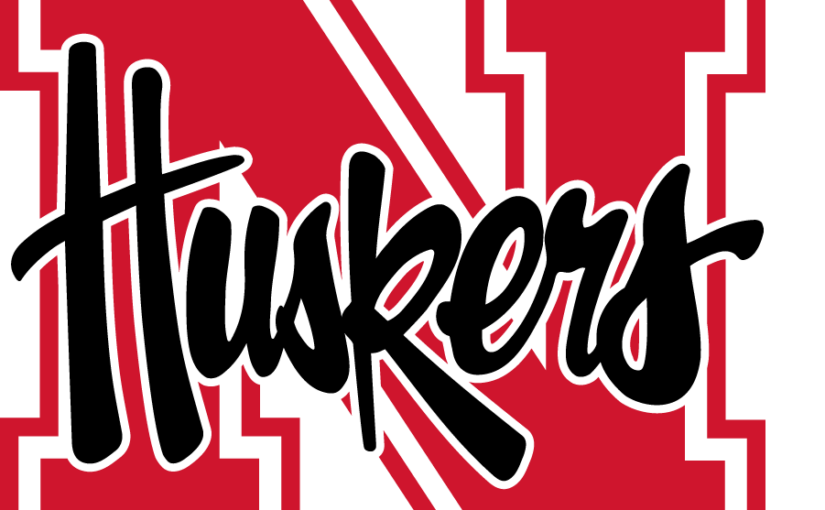Fundraising Outside the Box
New equipment, fresh uniforms, travel expenses, referee costs, strength and conditioning training tools — all of these things need to be bought and paid for to help athletic programs be successful.
Unfortunately, there has yet to be a discovery of money growing on trees. And not every program is fortunate to have a large budget or any budget at all. At the high school level, athletic funding is typically one of the first budgets to be cut, leaving coaches and programs with minimal funds to improve their teams. If a school doesn’t have a booster club to help fundraise then it’s up to the coaches and athletic director to raise the funds themselves.
Fundraising is more than just handing athletes catalogs of items to sell or scheduling a car wash in the school parking lot on a weekend afternoon. And those willing to come up with creative ways to raise funds will typically be rewarded for their boldness. So, how can athletic administrators and coaches alike drum up dollars to give their student-athletes what’s needed to succeed? Often thinking outside the box means turning to the web to aid your fundraising efforts. In Cary, North Carolina, the Green Level High School girls lacrosse team had been struck particularly hard by the COVID-19 pandemic, losing out on the entire 2020 season. When the 2021 season was given the green light by the powers that be, rain washed out roughly five weeks’ worth of games. With only four games left in the 2021 season, the Gators girls lacrosse team had little time — and means — to raise funds for next season’s equipment.
Often thinking outside the box means turning to the web to aid your fundraising efforts. In Cary, North Carolina, the Green Level High School girls lacrosse team had been struck particularly hard by the COVID-19 pandemic, losing out on the entire 2020 season. When the 2021 season was given the green light by the powers that be, rain washed out roughly five weeks’ worth of games. With only four games left in the 2021 season, the Gators girls lacrosse team had little time — and means — to raise funds for next season’s equipment.
They turned to HellaFan, an alternative fundraising online platform that allows fans to donate to teams by gamifying their fundraising experience. Fans pledge-by-the-point-scored, or goal scored, or mile-ran, or yard-driven, or pounds-lifted. There is no limit to how much or how little fans can donate.
“If you can count it, we can quantify it,” HellaFan CEO Ross Zambanini said.
By gamifying your fundraising, fans get more involved with your team’s outcome and donate more: translation, you earn more. With the final four games of the season, the Gators experienced these results first-hand: earning $2,341 with an average donation of $1 or $2 each. And they did it not by going door-to-door in neighborhoods, but simply by playing the sport they love.
Gamification. It may sound like a made-up word, but the examples of gamifying your fundraising experience have resulted in real money for athletic programs. And it’s the word that Zambanini used to describe his fundraising company.
Head coach Mackenzie Koeller and athletic director Colin Fegeley both agreed that an extra $500 to $700 would’ve been great.
“We got that in our first game,” Koeller said.
“That’s exactly what we’re trying to hit at,” Zambanini added. “How do we get the fanbase involved not only the first time but return game-by-game?”
Hellafan’s low-cost software lets programs keep more than 85 percent of all funds raised. If your school prefers to use its fundraising portal, they can send your fans exactly to the fundraising site your boosters and administrators already use.
Another school in North Carolina, Richmond Senior High School, made the turn to creative digital fundraising after years of saturating its small community with discount card sales. With each year Richmond committed to selling discount cards, less money was getting raised.
Last July, the Richmond County Board of Education approved the use of Snap! Raise, a digital fundraising platform built for coaches and youth leaders dedicated to making a difference in their communities. Since implementing Snap! Raise, Richmond has executed six fundraisers for five teams and generated more than $63,000 in funds — exceeding the school’s goal of $30,000. Switching from card sales to an all-digital approach also meant that the teams could expand their reach and receive donations from within or outside of the county (and state), including people they hadn’t previously been able to tap into because of the geographic limitations of a boots-on-the-ground campaign. They had been wanting to target Raider alumni and fans that live outside the county and region for several years and had been unable to do so under the card sales model.
Richmond AD Rob Ransom, who also coaches the varsity baseball team, added another level of creativity during the pandemic. With businesses that traditionally bought sponsorships no longer able to extend funds due to the COVID-19 pandemic, Ransom asked those businesses to spread the word by adding a QR campaign code in brick-and-mortar locations.
» ALSO SEE: Fostering Intrinsic Motivation in Youth Athletes
“[Going with a digital approach] has made things so much easier on our coaches. It has freed up time normally spent on fundraising for coaches to do other things,” Ransom said.





